Boosting your immune system: 5 foods and one recipe for success
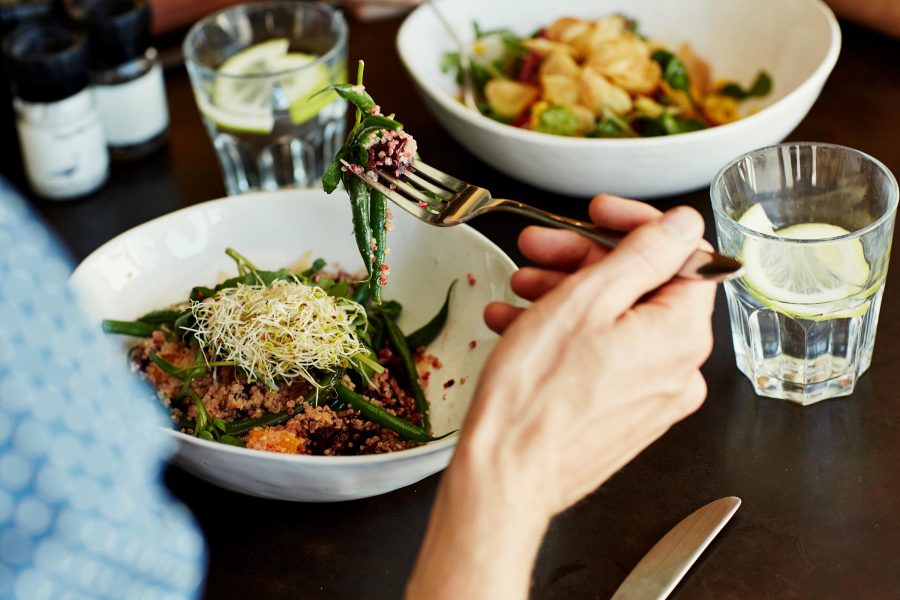
When it comes to your health, prevention is the best form of medicine, and having a strengthened immune system is one of the most efficient ways to stay healthy and keep from feeling the worst effects of illnesses. For most of us, the COVID-19 pandemic has changed the way we think about preventative health – building a strong immune system now seems a necessary lifestyle choice. Thankfully, there is an easy way to boost our natural immunity: by eating healthy foods high in vitamins and minerals.
But what nutrients are most effective in boosting immunity? Nutritionist Arlene-Frances Wu of Health Concept Hong Kong shares five nutrients that improve immune health - and which foods you can easily find them in – along with a step-by-step immune-boosting recipe.
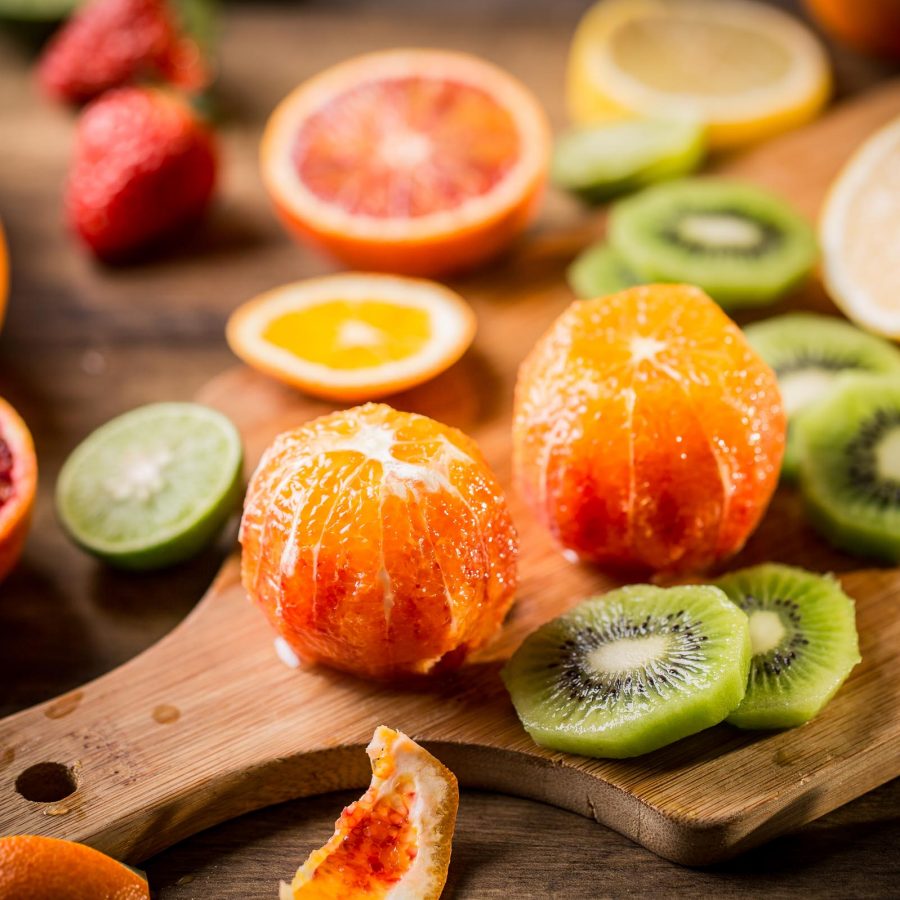
Credit: iStock
1. Improve immune function with vitamin C
What is it? Vitamin C is a water-soluble vitamin that is known for improving immune health in several ways. “Its antioxidant activity can decrease inflammation, which can help improve your immune function,” says Arlene. “And it can also shorten the duration and severity of colds caused by other viruses.”
Found in: Kiwis, oranges, cauliflowers, bell peppers and cabbage are the best foods to eat for vitamin C.

Credit: iStock
2. Get to know your carotenoids
What are they? Carotenoids are the colourful pigment found in plants, responsible for the bright orange, red and yellow hues so many fruits and vegetables have. “Beta-carotene is a great carotenoid to include in your diet, as the body converts it into vitamin A, which is essential for growth and development,” says Arlene. “They also have an antioxidant effect which helps strengthen the immune system against infection.”
Found in: Bright plants such as carrots, tomatoes, pumpkins, papayas and tangerines contain the most beta-carotene.
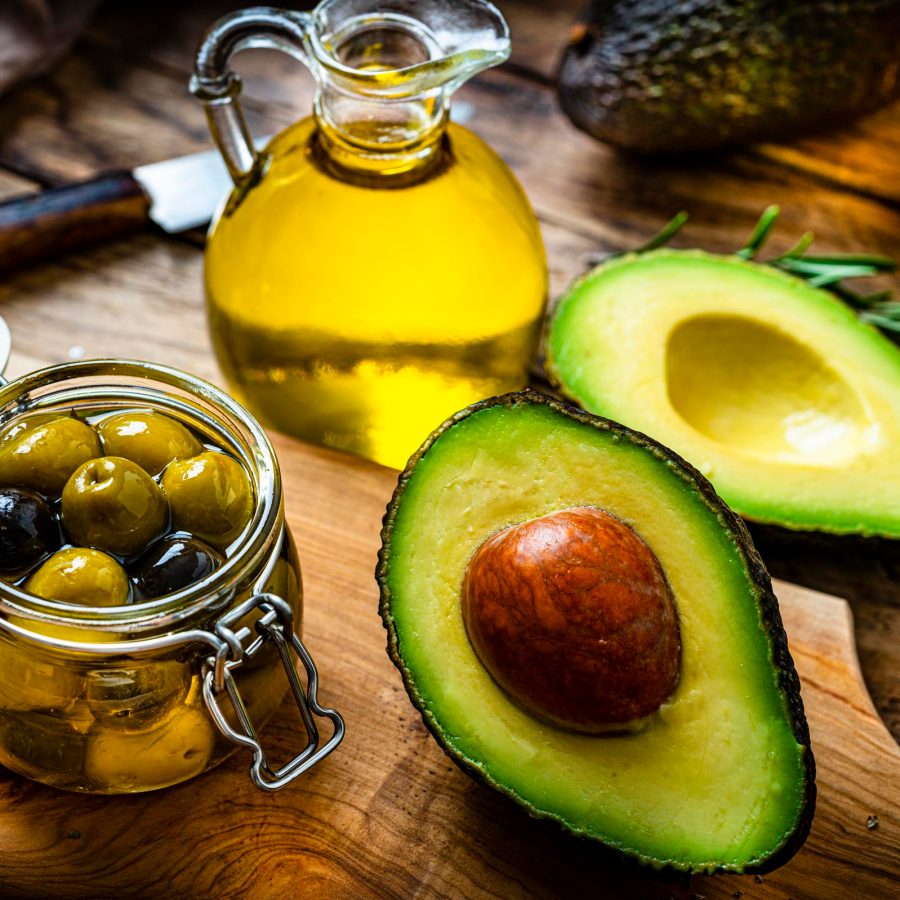
Credit: iStock
3. Fight off infection with vitamin E
What is it? Vitamin E is a fat-soluble vitamin, whose main role is to act as an antioxidant. “ These antioxidant qualities help your body fight off infection,” says Arlene. This important vitamin is part of nearly 200 biochemical reactions that take part in your body, which are critical to the functioning of your immune system.
Found in: Plant-based oils, nuts, seeds, fruits and vegetables such as avocados, olives, kale, hazelnuts and sesame seeds.

Credit: iStock
4. Think zinc
What is it? Zinc is an essential trace mineral, which means the body only requires a small amount, but it is needed for vital chemical reactions. “It is said to help slow down immune response and control inflammation in your body,” says Arlene. Zinc also has great healing qualities and can help repair damaged tissue and maintain the integrity of skin.
Found in: Pumpkin seeds, dark chocolate, sesame seeds, chickpeas and wheat germ are great, tasty sources of zinc.
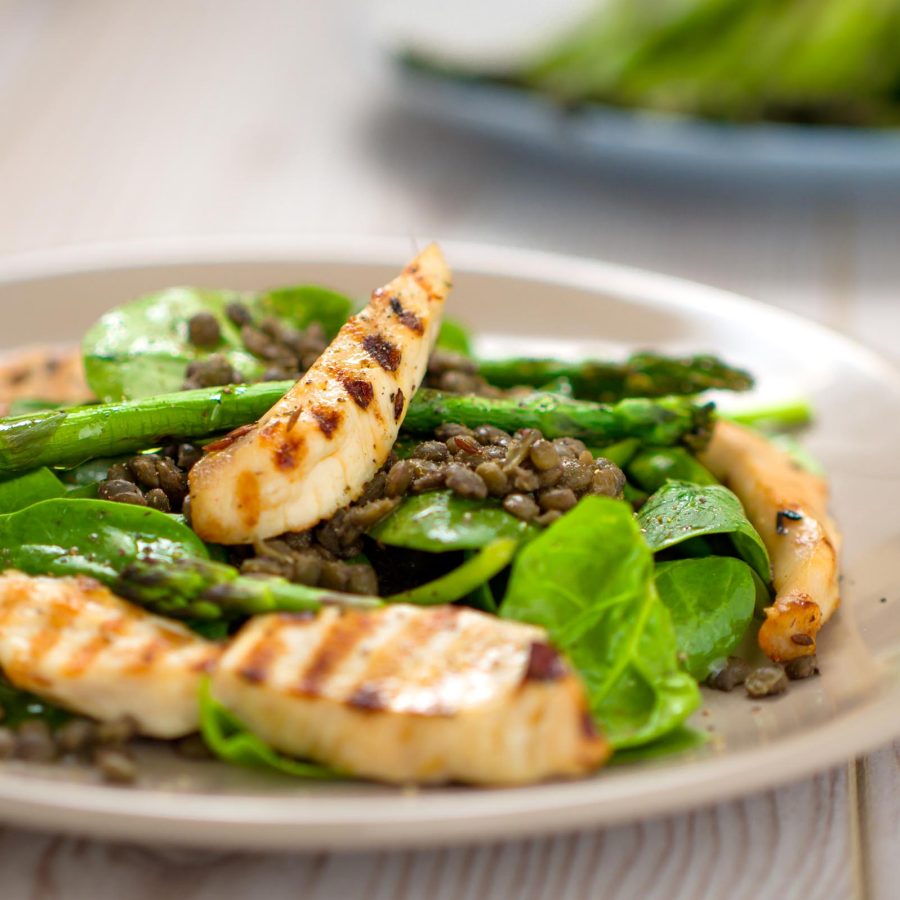
Credit: iStock
5. Boost your body’s defence with iron
What is it? Iron is an important mineral, needed not only for making the red blood cells which carry oxygen around the body, but it can also help kill pathogens in the body, too. “It does this by increasing the number of free radicals [reactive, oxygen-containing molecules] that can destroy them,’” says Arlene. “It also regulates enzyme reactions essential for immune cells to recognise and target pathogens.”
Found in: Iron can be found in meats such as chicken, turkey and seafood. There are also plants high in iron including spinach, kidney beans, figs, quinoa, lentils and dried dates.
An immune-boosting recipe: Japchae with kale
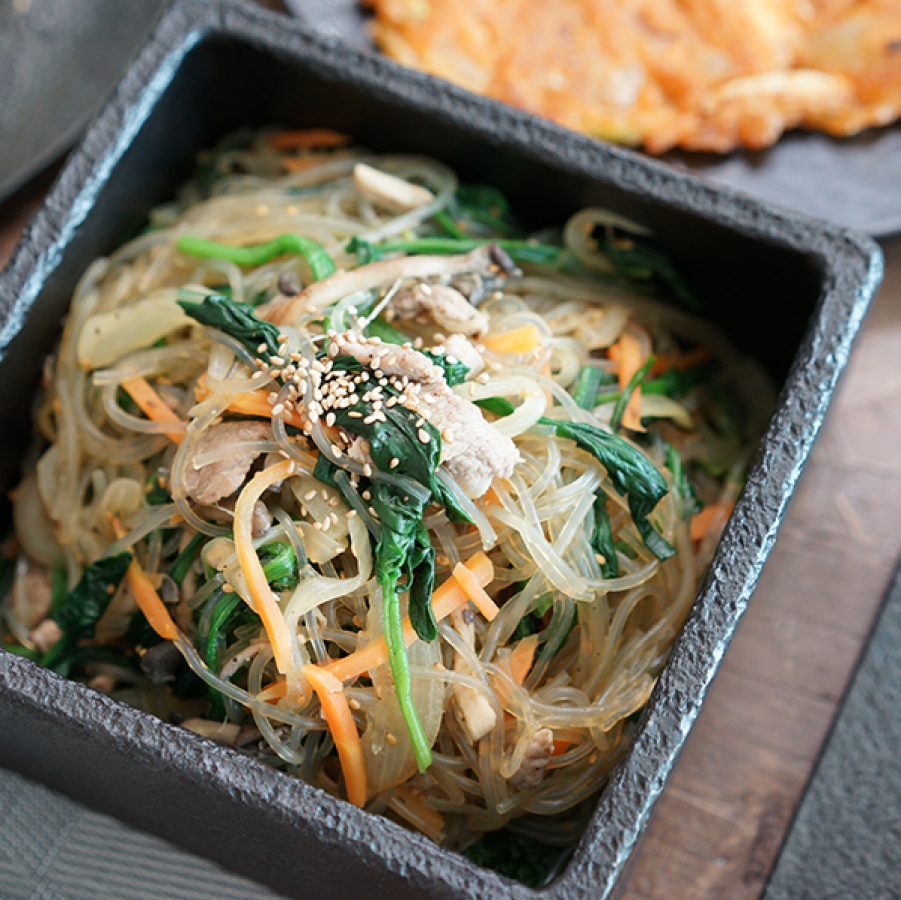

Ready to put your newfound knowledge to good use? Follow this step-by-step recipe for japchae with kale from nutritionist Arlene-Frances Wu, pcitured above. This delicious Korean-inspired dish is high in vitamin E and beta-carotene, whose antioxidant qualities help fend off illness.
Ingredients:
Tuscan kale – 65g
Brown onion, thinly sliced – 1/2
Glass noodles - 100g
Carrot, shredded – 100g
Shiro-shimeji mushrooms – 50g
Garlic, chopped – 1 clove
Sauce:
White sugar – 1 tsp
Light soy sauce – 1 tbsp
Water – 3 tbsp
Sesame oil – 1 tbsp
Neutral oil – 1 tsp
Recipe:
1. Tear kale into bite-sized pieces.
2. Marinate the kale with the sauce and onion for 30 minutes.
3. Cook noodles according to package instructions and drain.
4. Stir-fry the kale onion, carrot and mushrooms with the garlic in a little oil until cooked but still crunchy. Add water if the pan is too dry.
5. Add the glass noodles and stir-fry for a further three minutes.
Hero image: iStock
- China – the Chinese Mainland, Hong Kong SAR, Macao SAR and Taiwan Region
- Hong Kong SAR - English
- Chinese Mainland (China) - English
- Taiwan, China - English
- 香港特別行政區 - 繁體中文
- 中国內地 - 简体中文
- 中國台灣 - 繁體中文
- Africa
- South Africa - English
- Asia
- Bangladesh - English
- Korea - English
- Singapore - English
- Cambodia - English
- 한국 - 한국어
- Sri Lanka - English
- India - English
- Malaysia - English
- Thailand - English
- Indonesia - English
- Maldives - English
- ประเทศไทย - ภาษาไทย
- Indonesia - Bahasa Indonesia
- Myanmar - English
- Vietnam - English
- Japan - English
- Nepal - English
- Việt Nam - tiếng Việt
- 日本 - 日本語
- Philippines - English
- Australasia
- Australia - English
- New Zealand - English